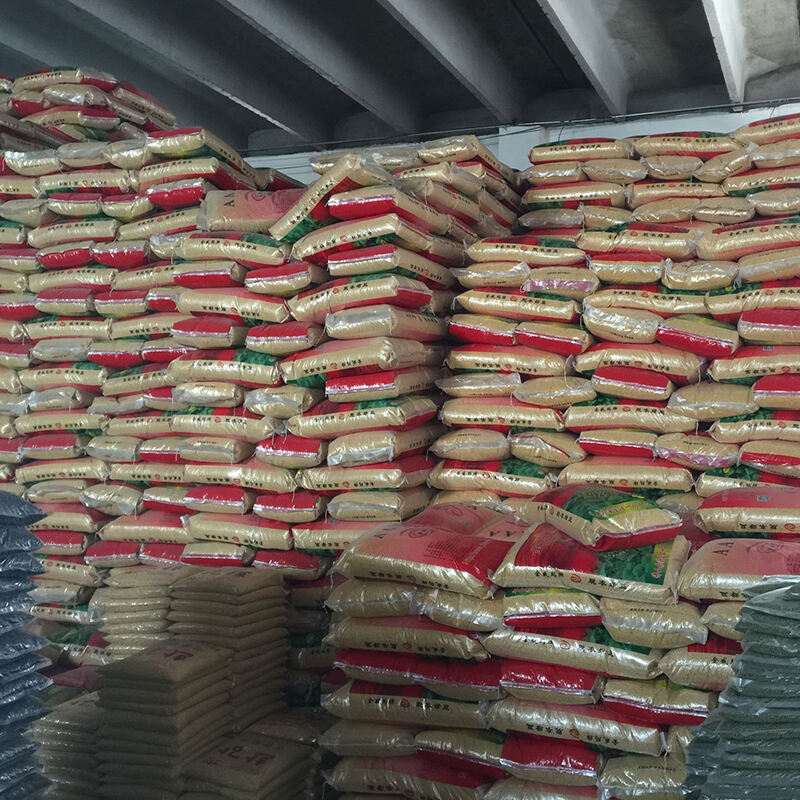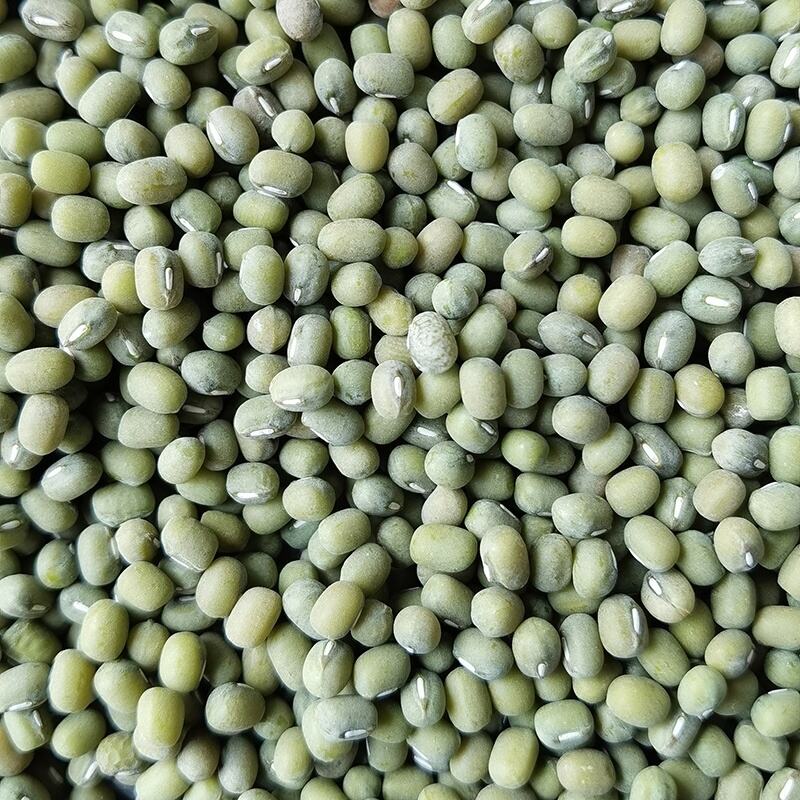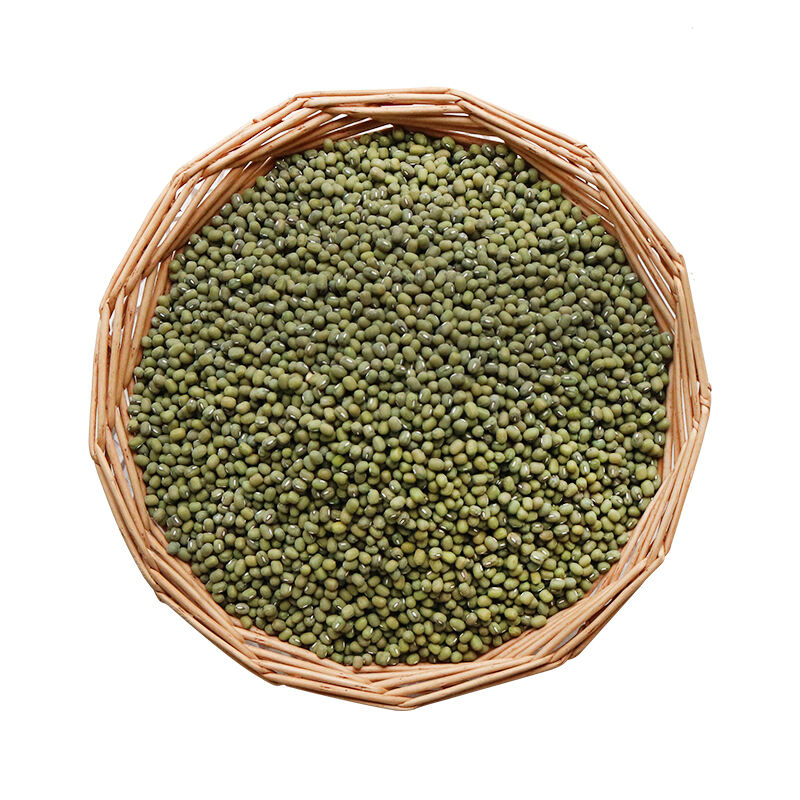mung pea
Mung peas, scientifically known as Vigna radiata, are small, green legumes that have been cultivated for thousands of years across Asia. These versatile beans are packed with essential nutrients and offer remarkable versatility in both culinary applications and sustainable agriculture. Measuring approximately 3.0-4.5mm in diameter, mung peas are characterized by their bright green color and sweet, nutty flavor. They are particularly notable for their high protein content, containing roughly 24% protein by weight, making them an excellent plant-based protein source. From a technological standpoint, mung peas have gained significant attention in modern food processing due to their exceptional properties. They can be processed into protein isolates, starches, and flours, which are increasingly used in plant-based food innovations. The beans are also known for their exceptional sprouting capabilities, producing nutrient-rich bean sprouts within days. In agricultural applications, mung peas serve as excellent rotation crops, helping to fix nitrogen in the soil and improve overall soil health. Their relatively short growing season of 90-120 days makes them an efficient crop choice for farmers. Additionally, mung peas have demonstrated remarkable stability in various food processing applications, from traditional Asian cuisine to modern plant-based meat alternatives.


